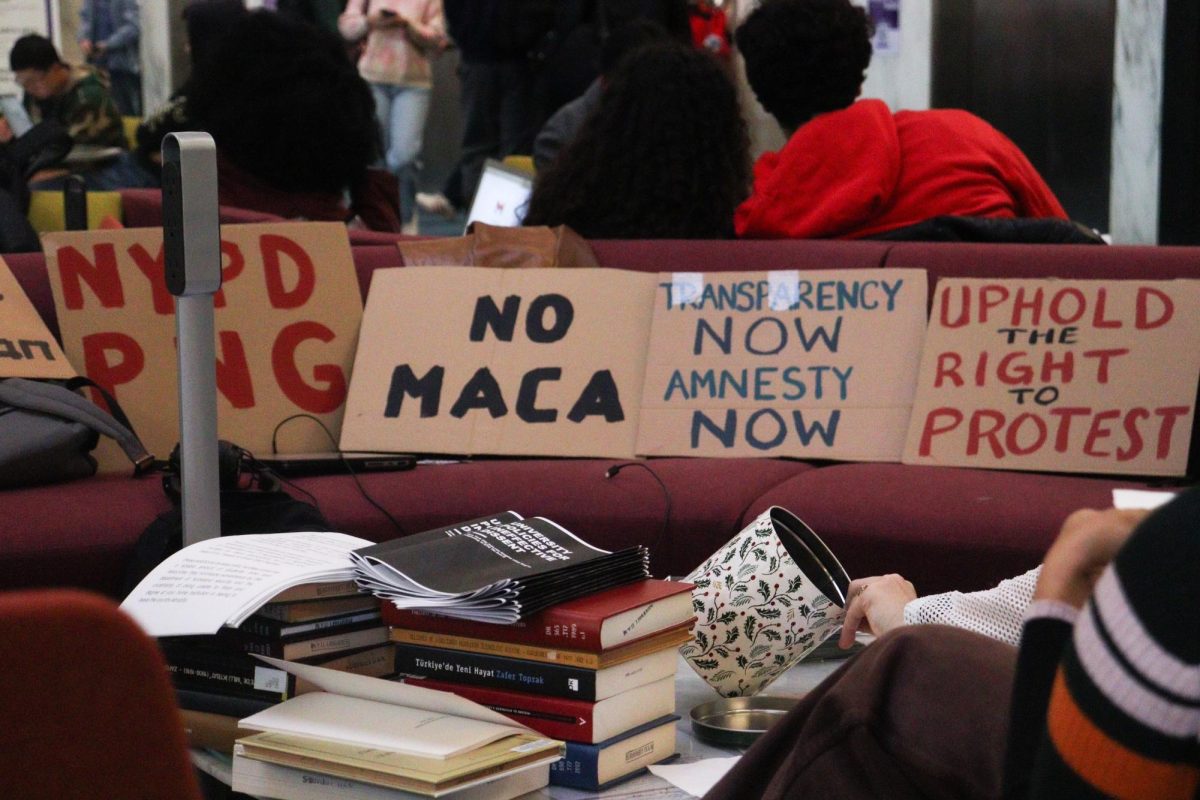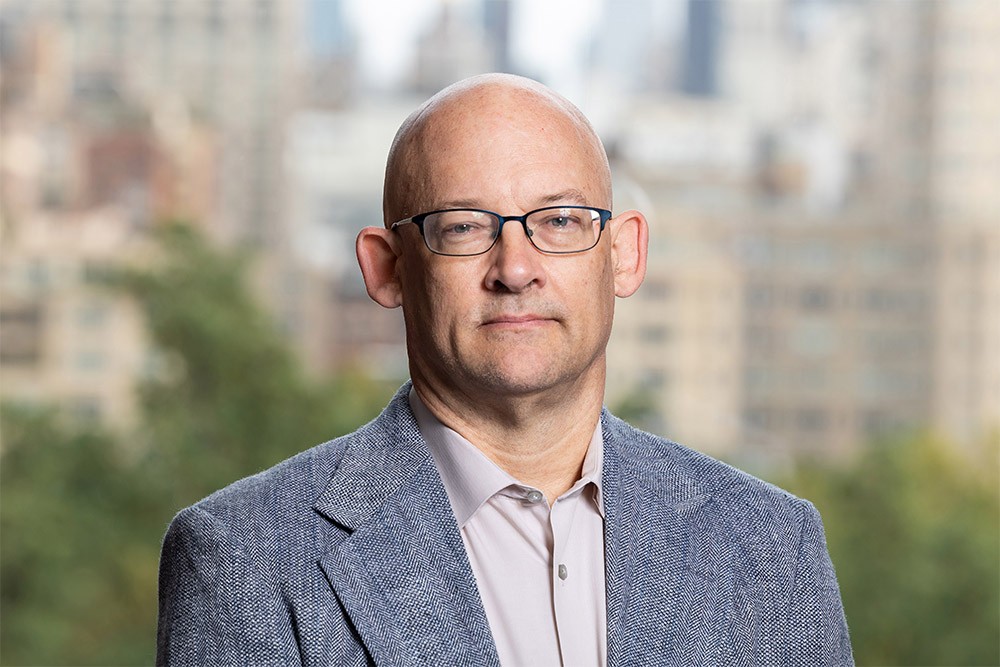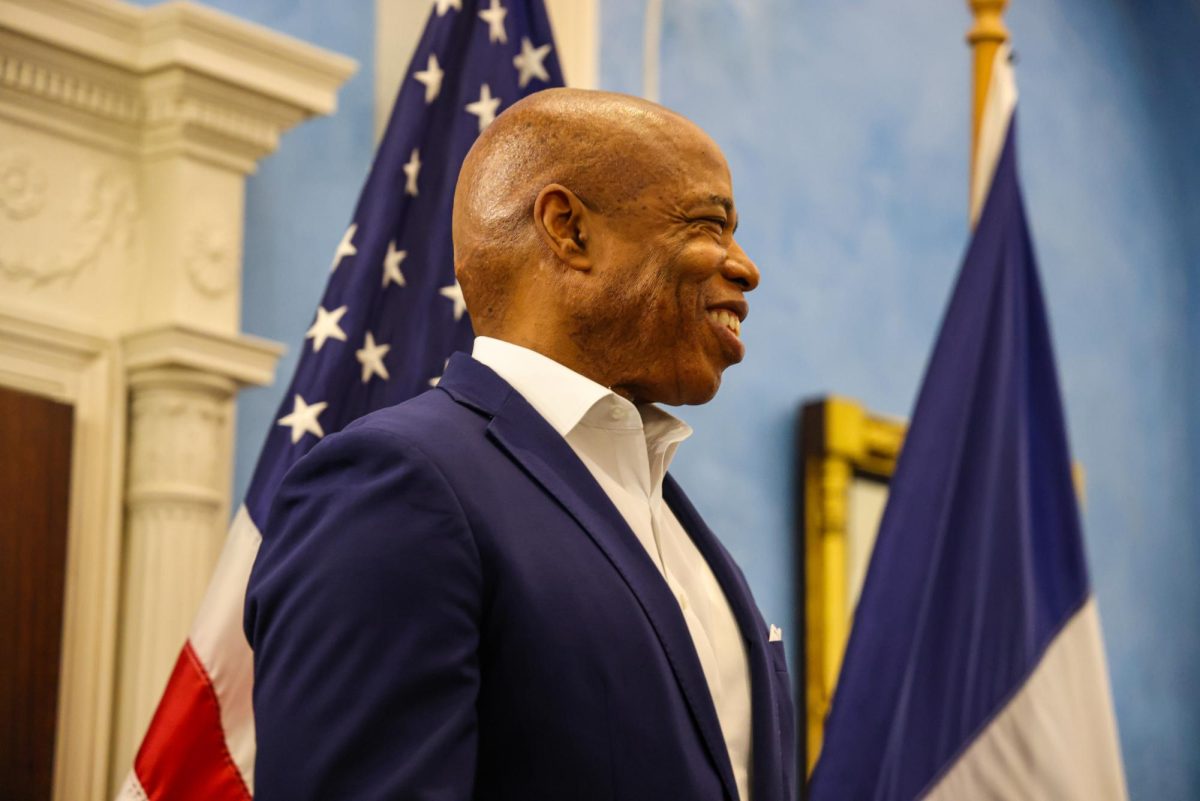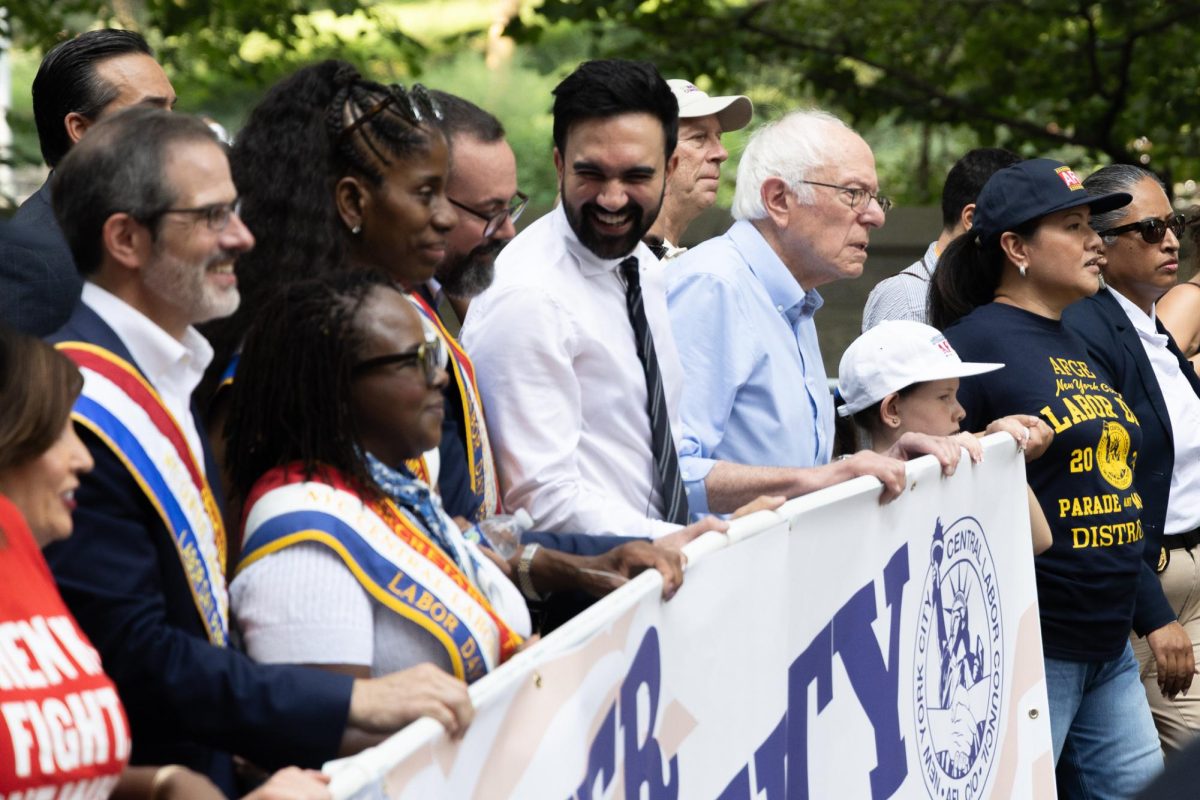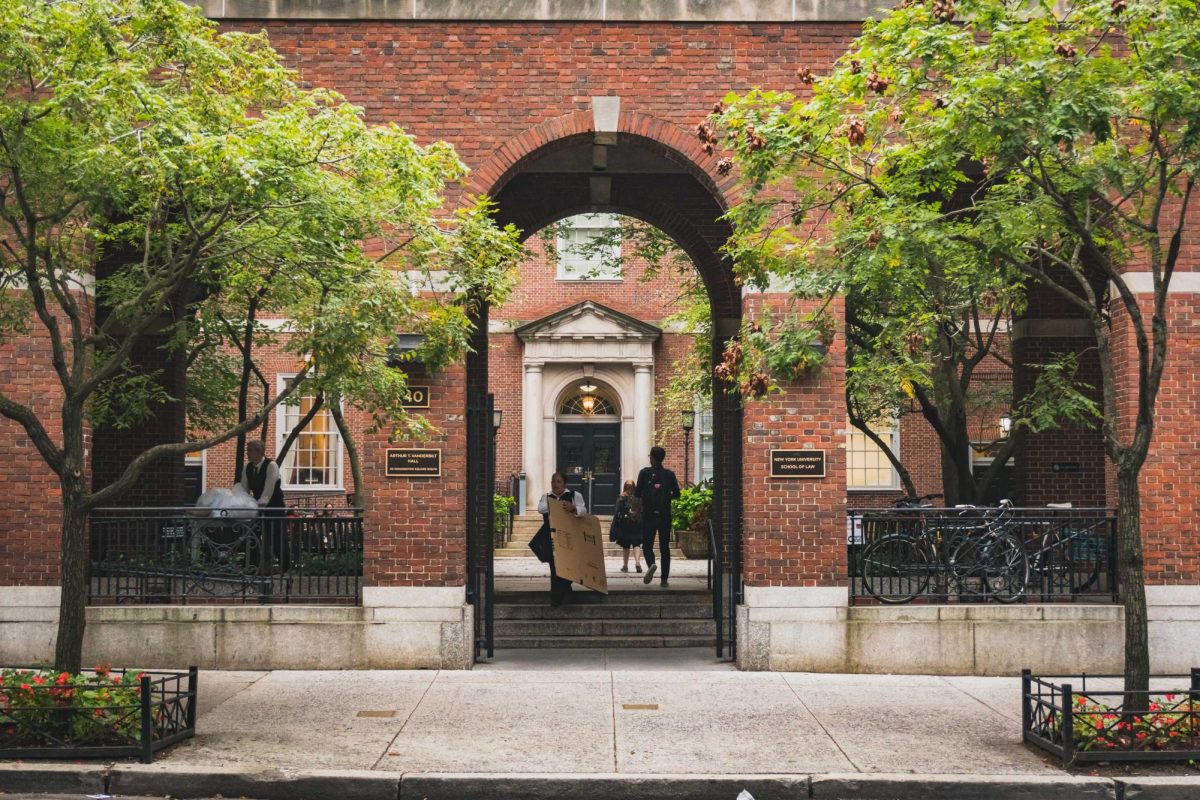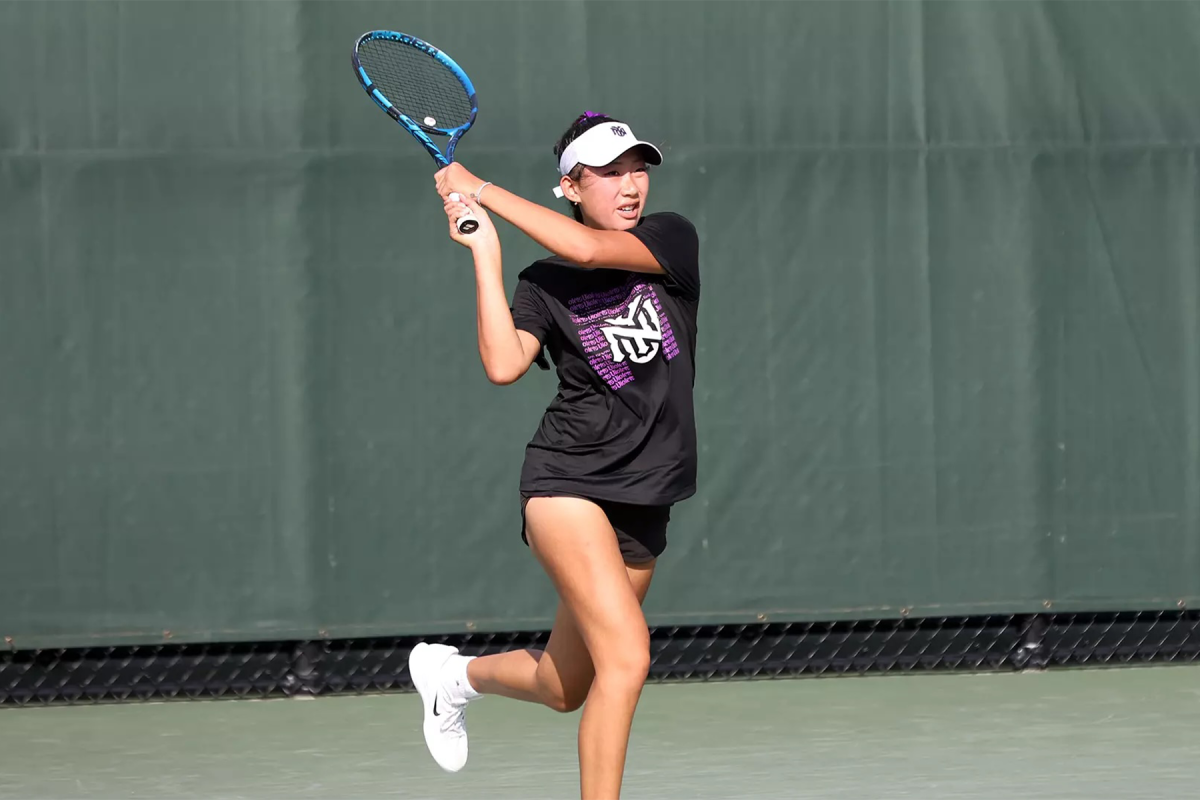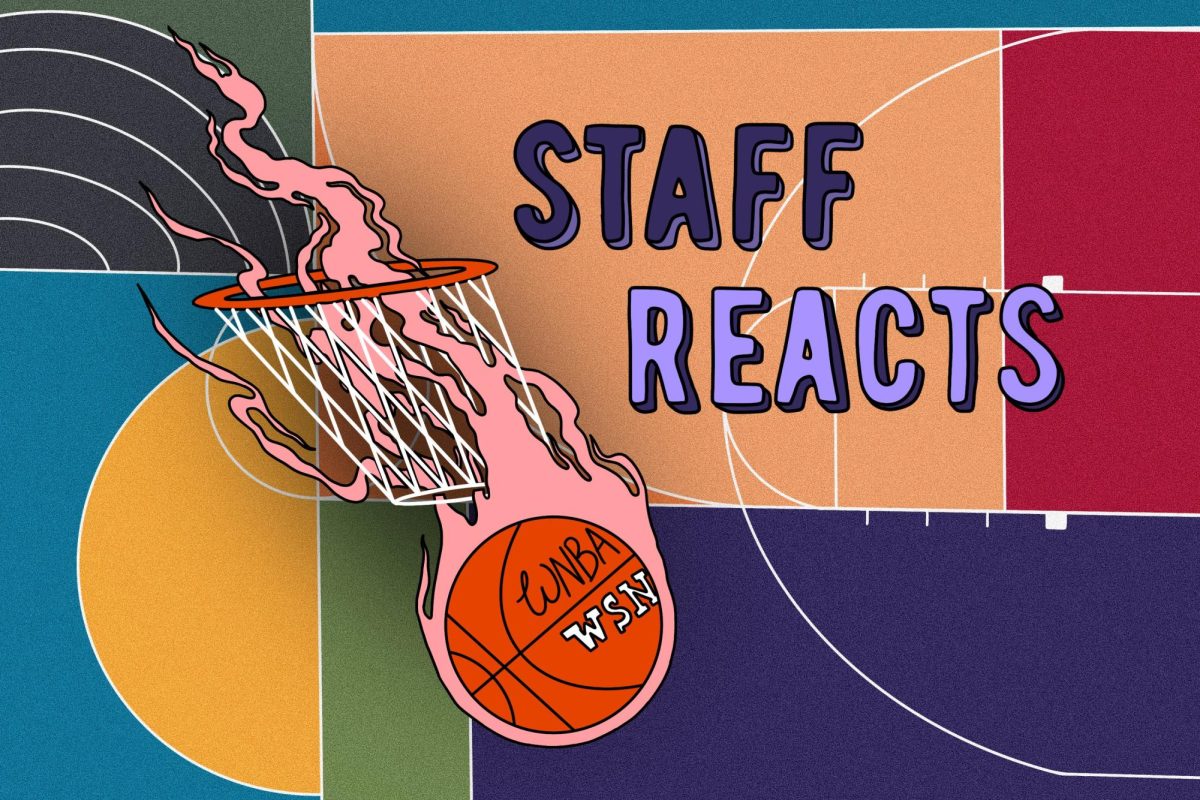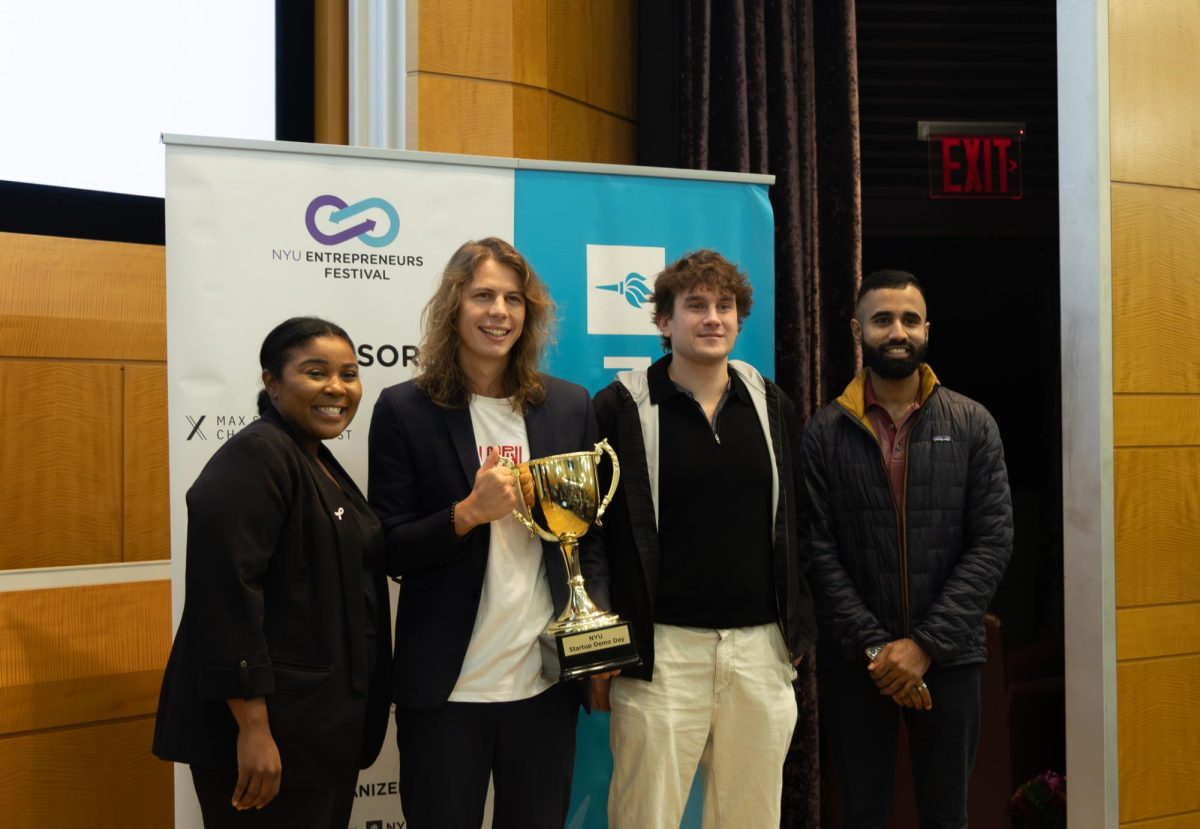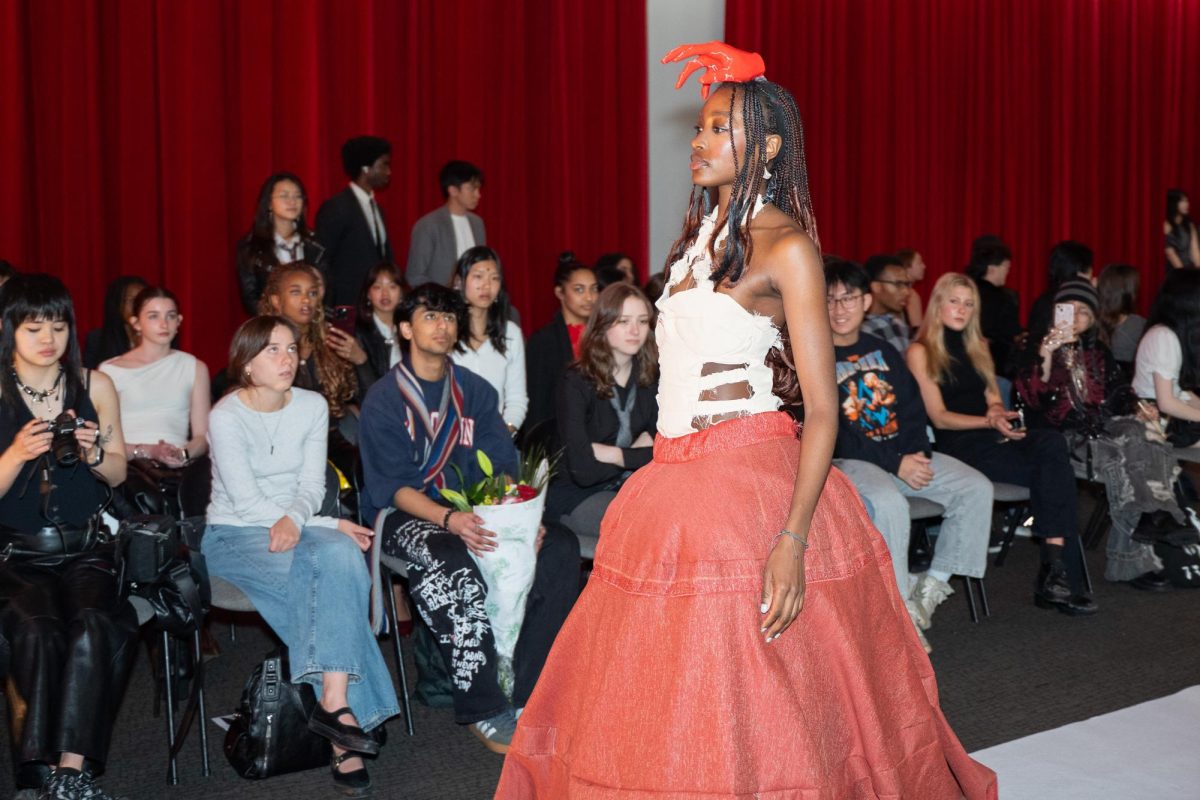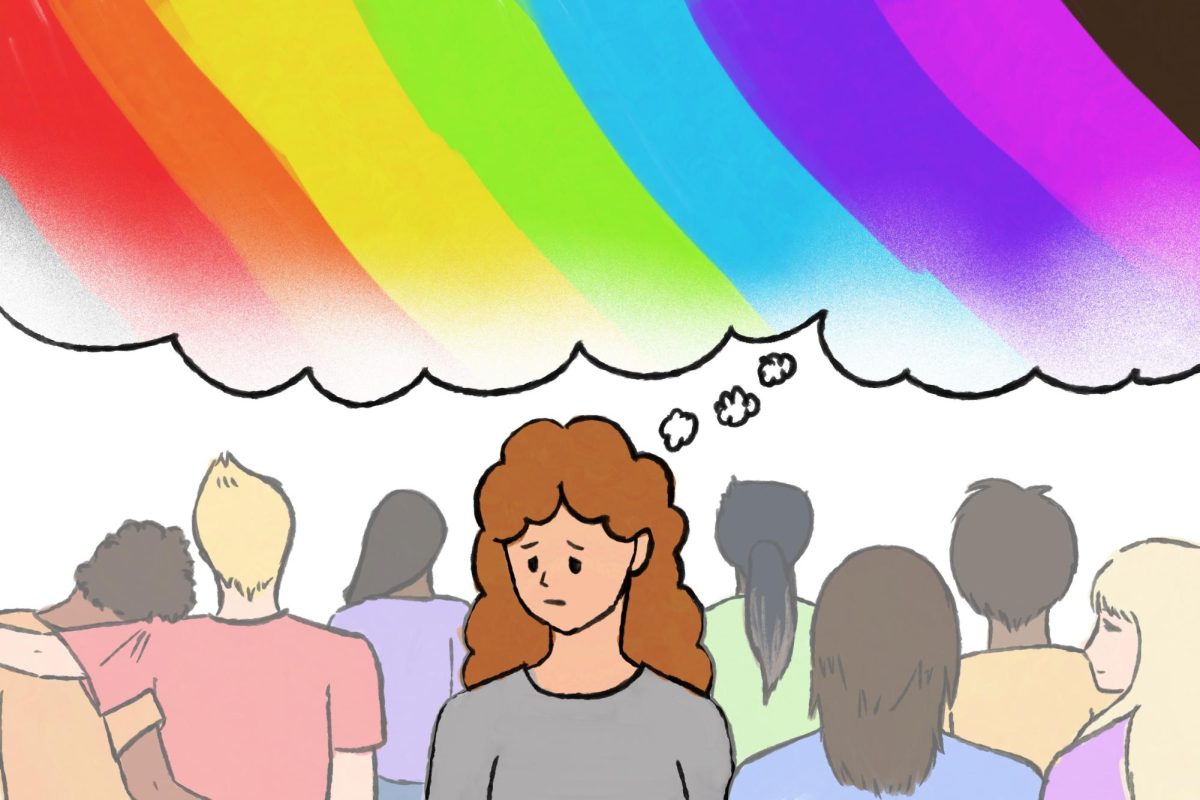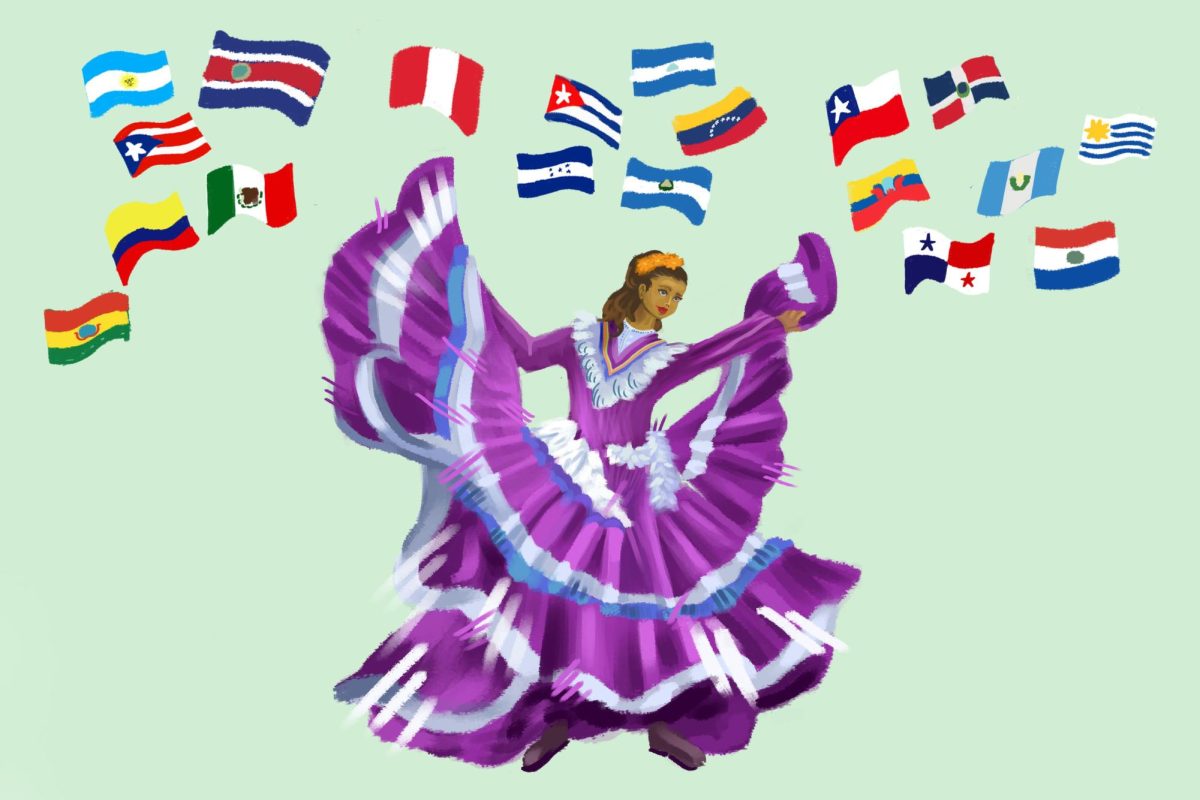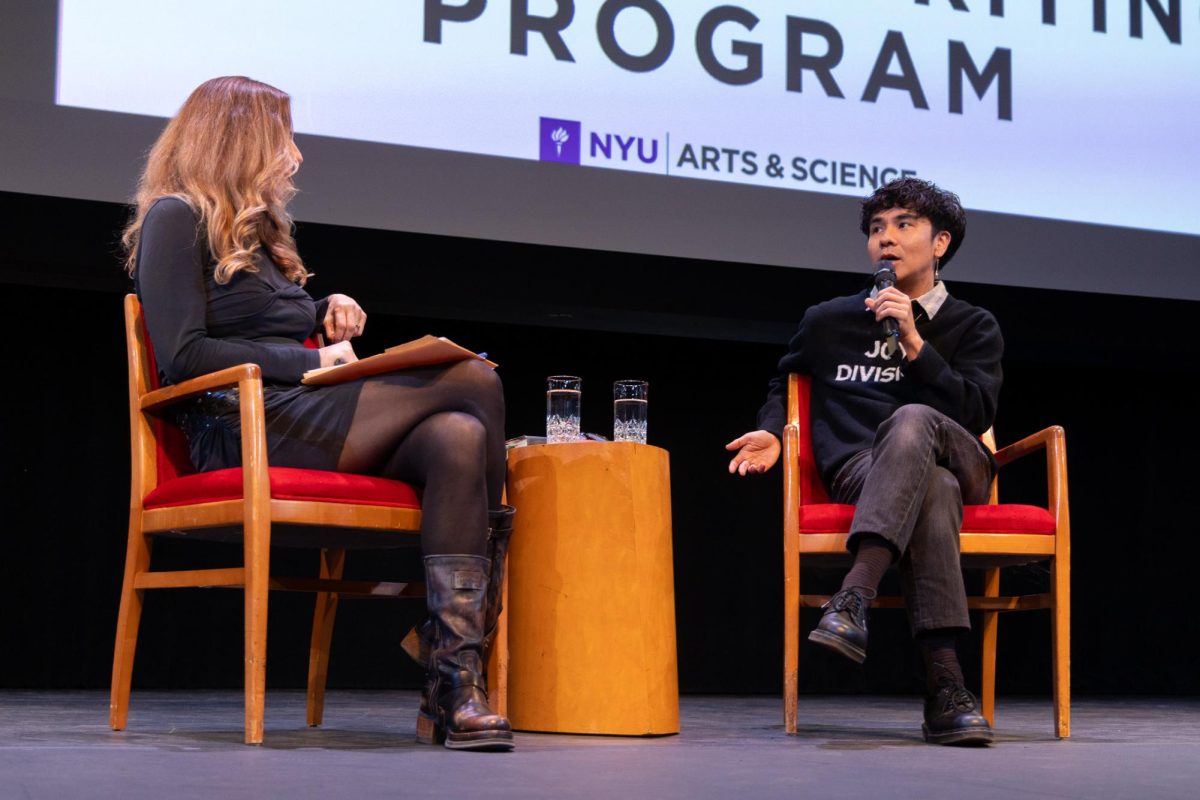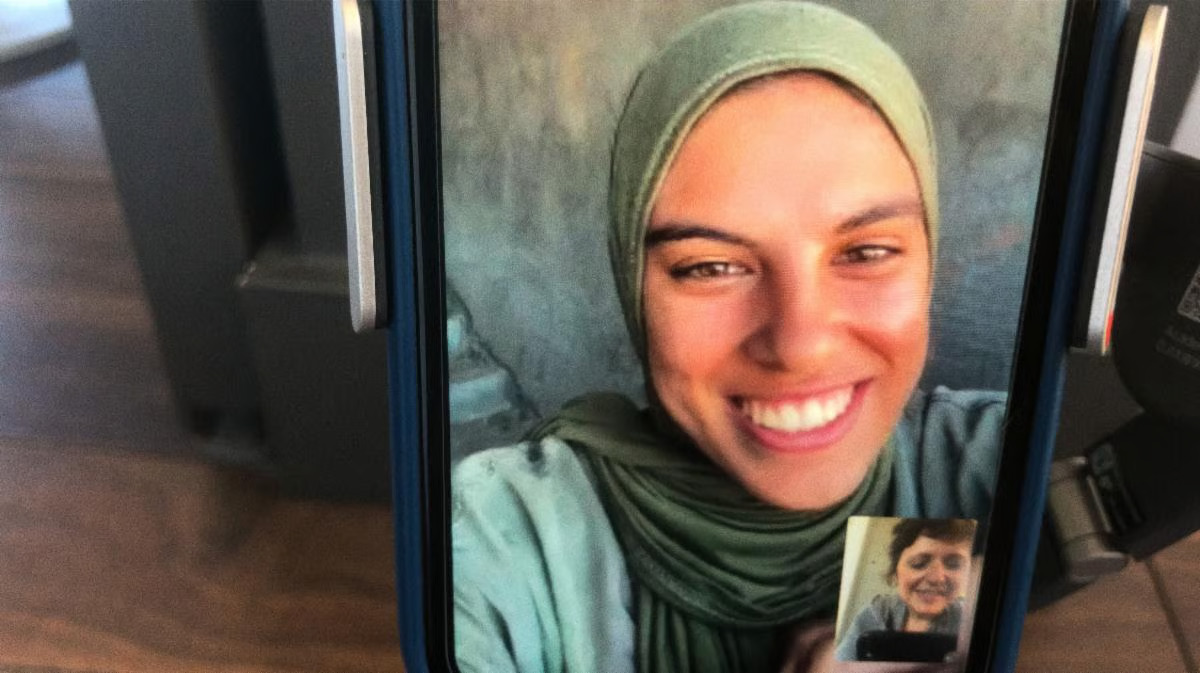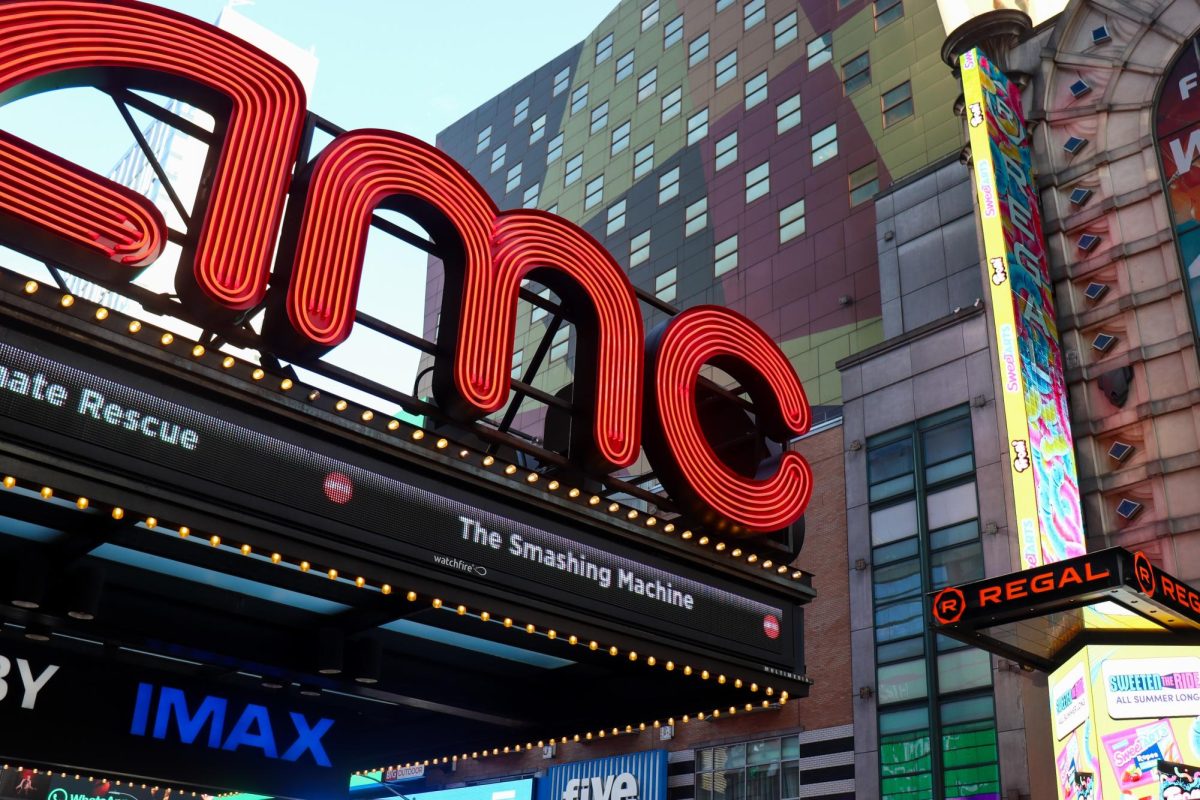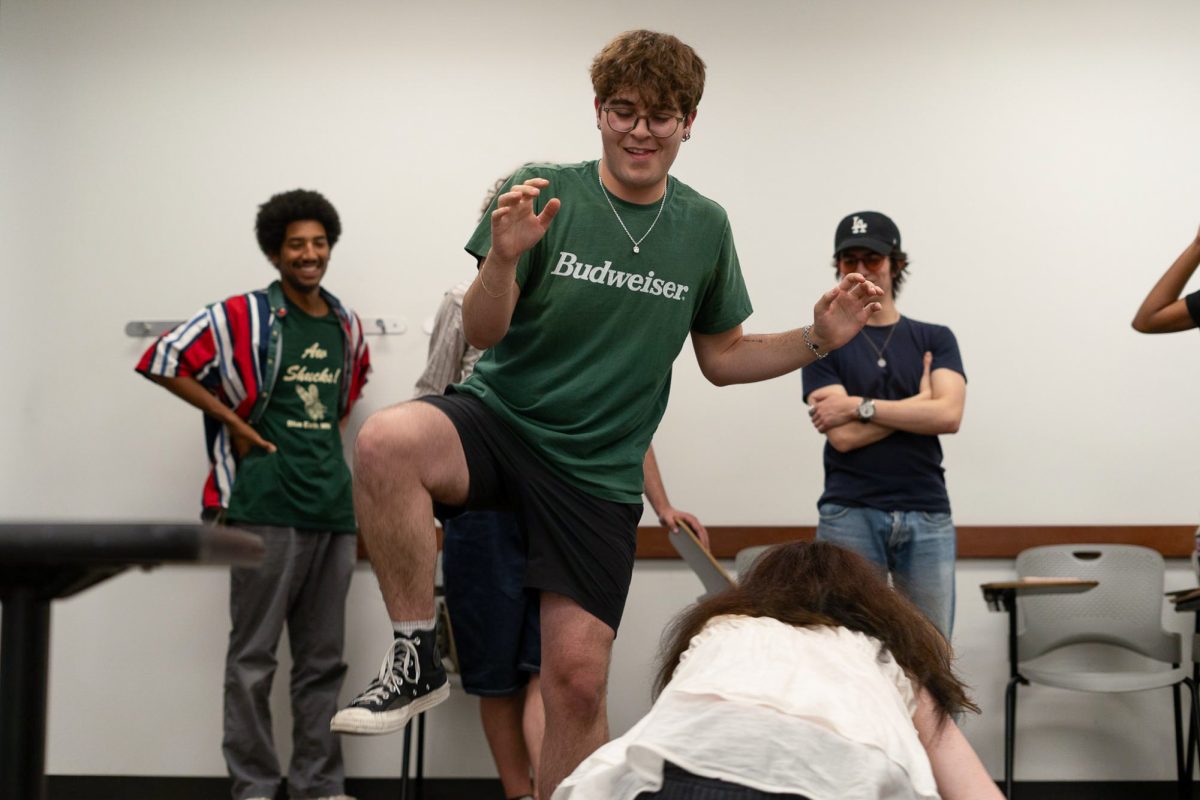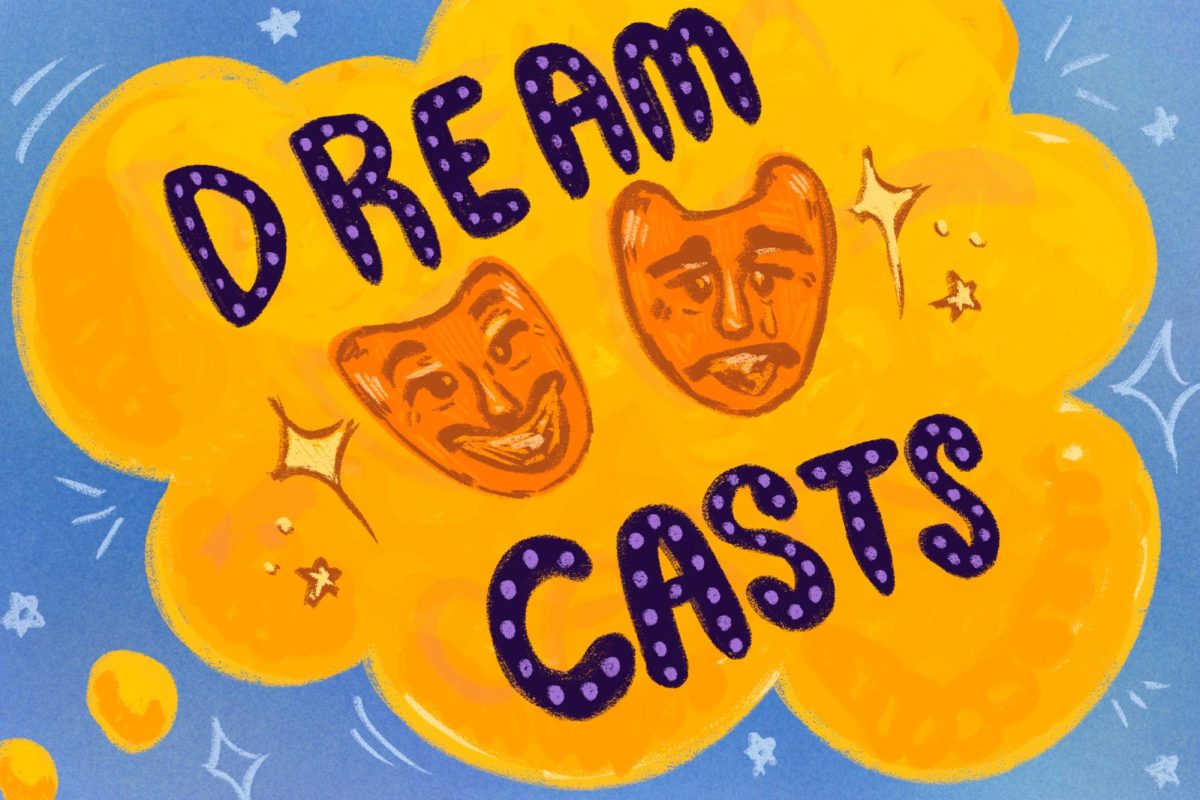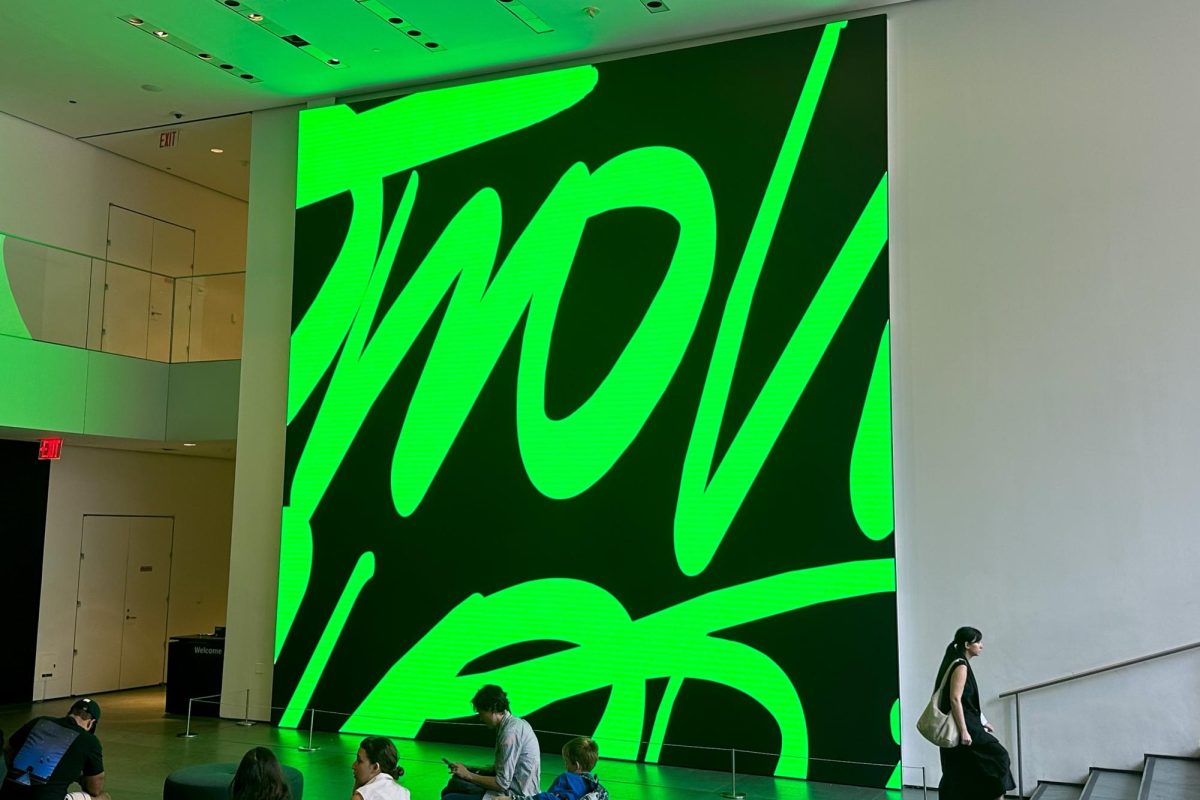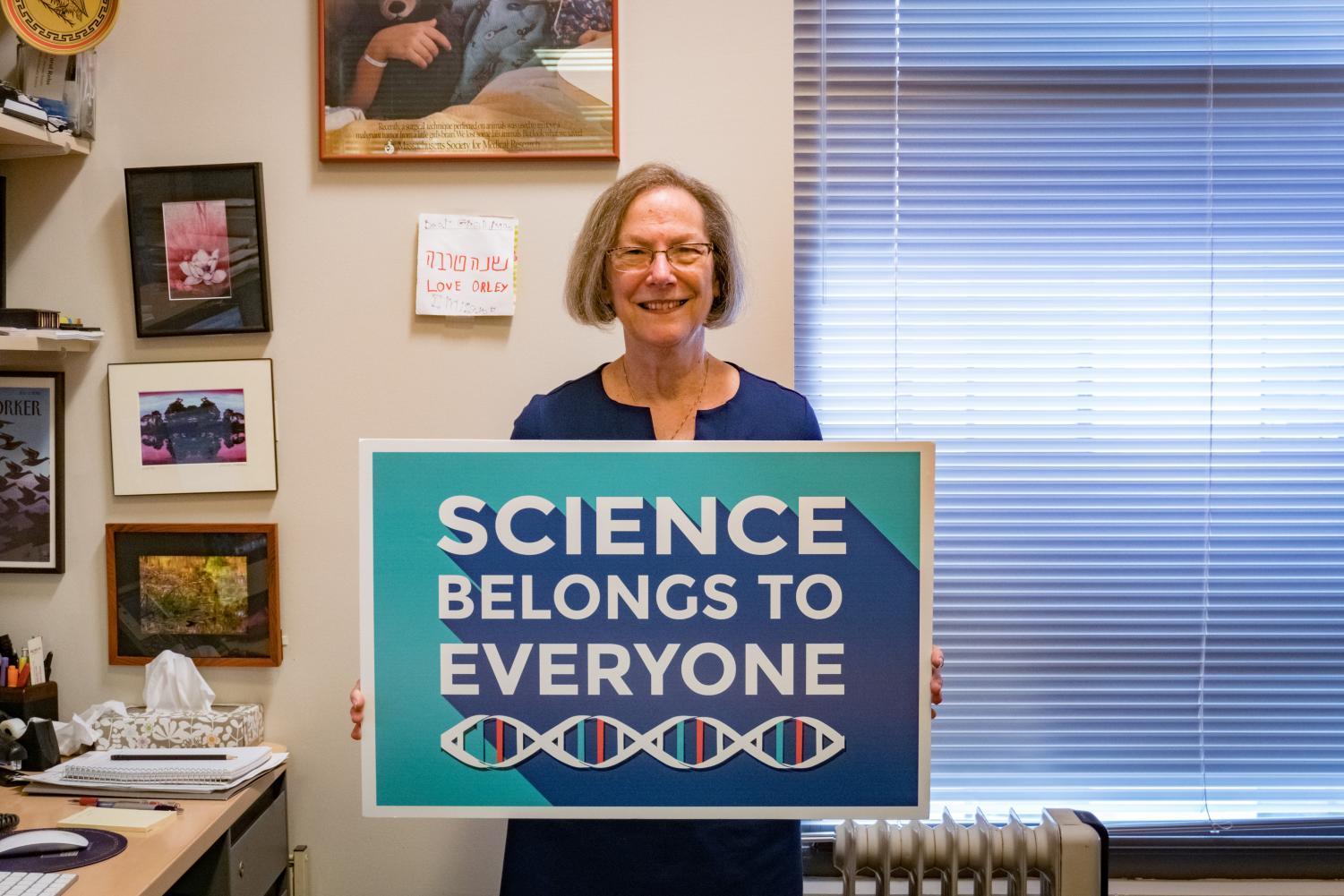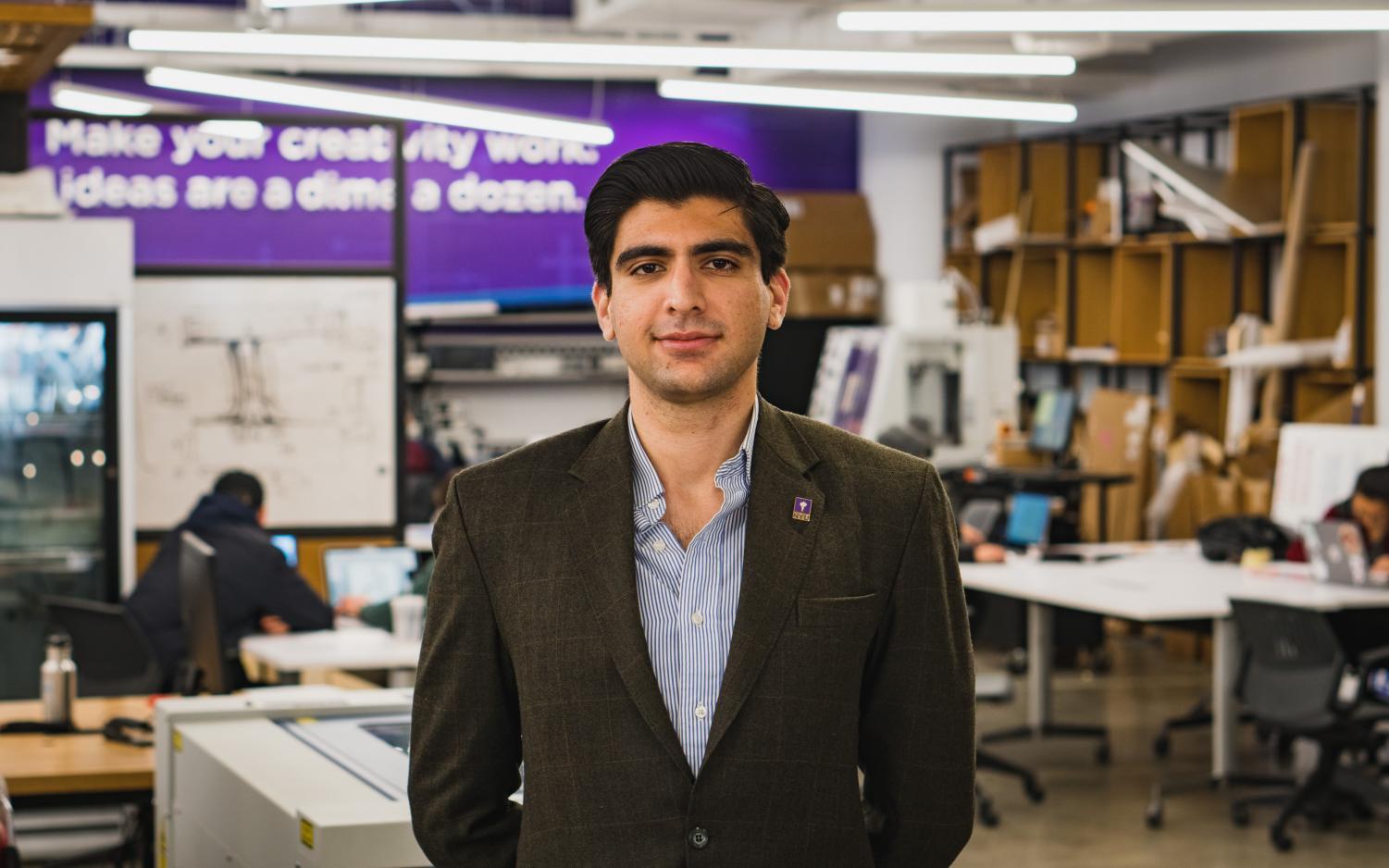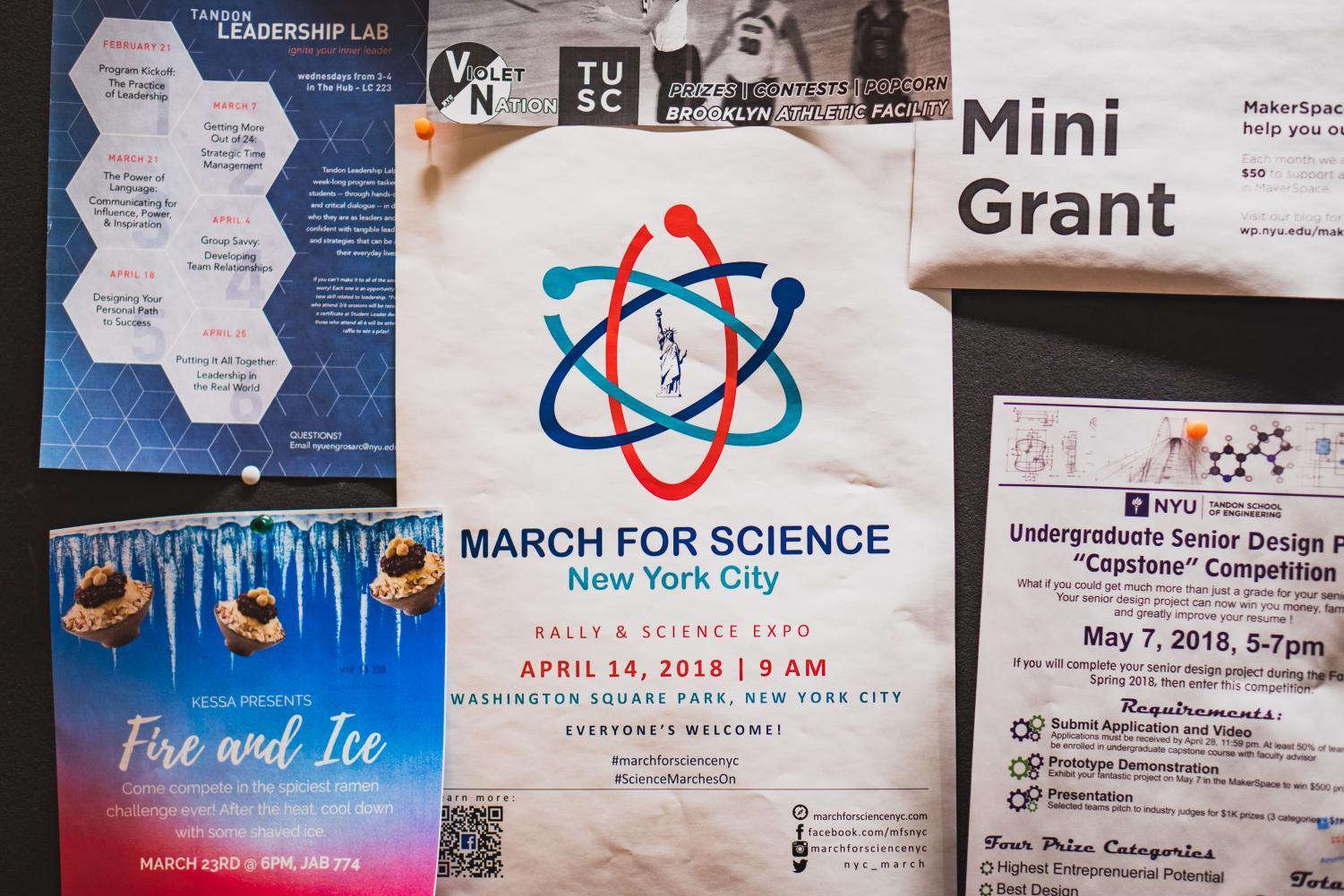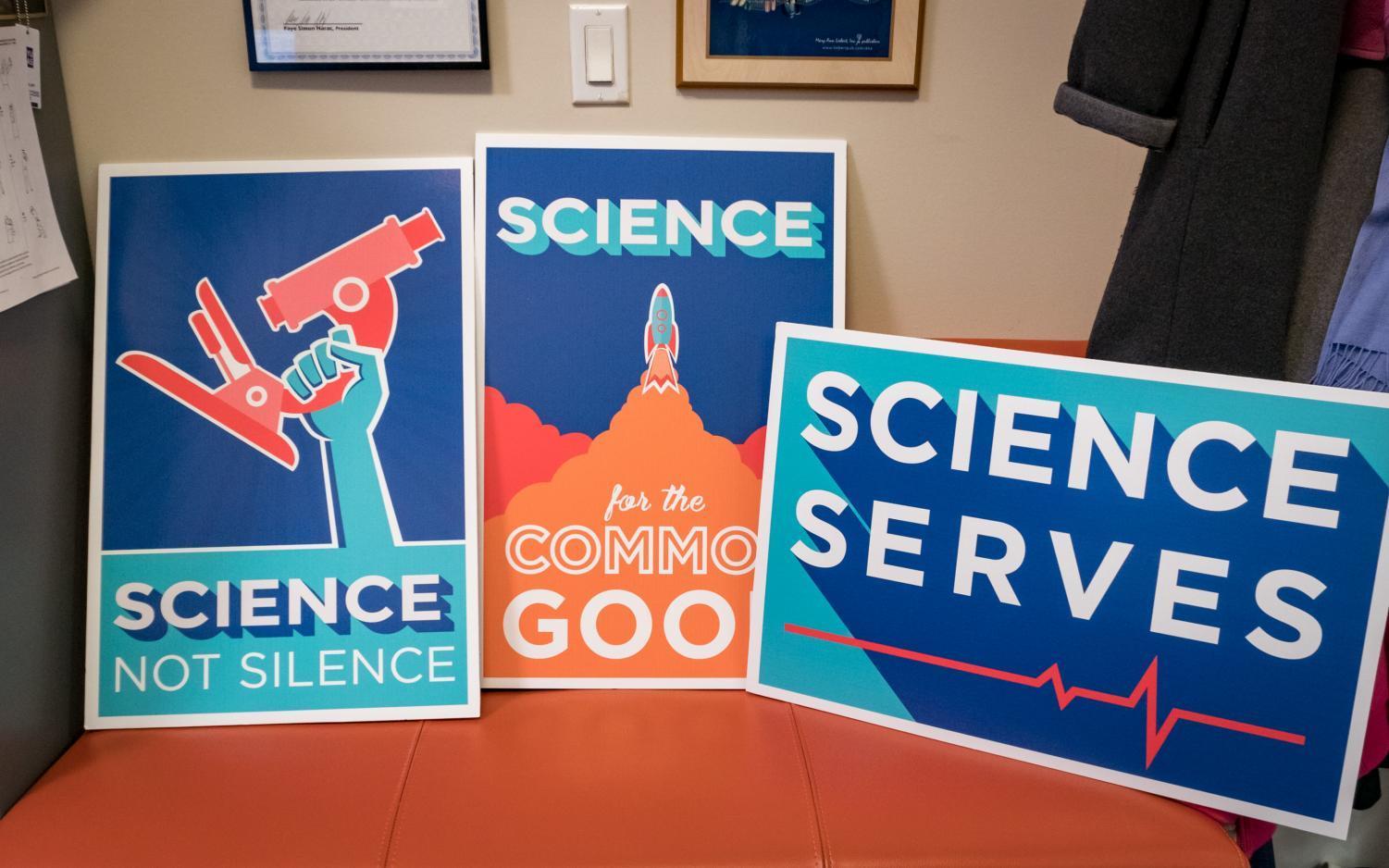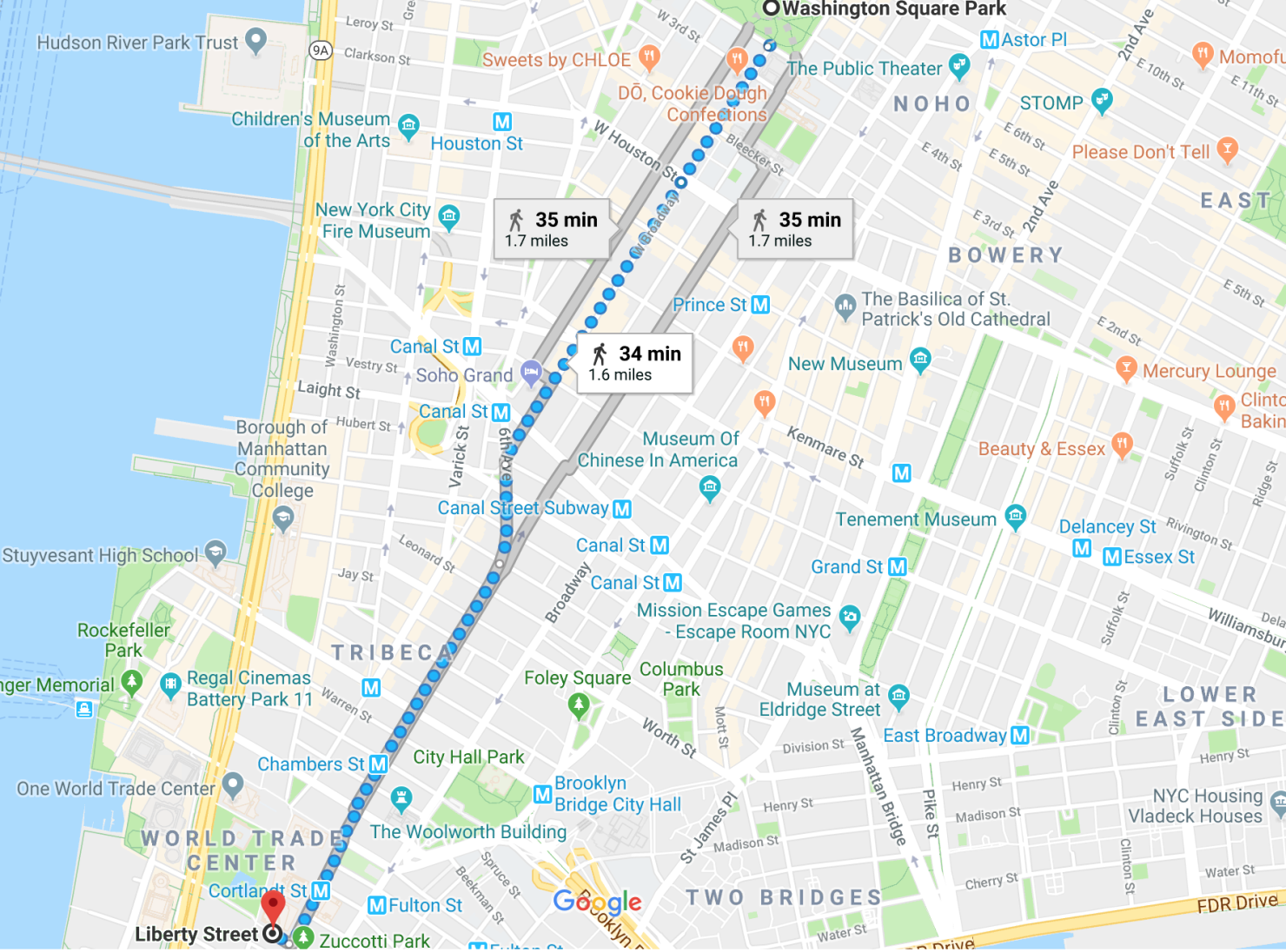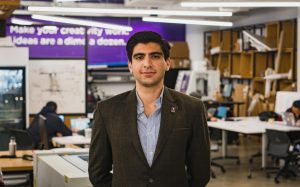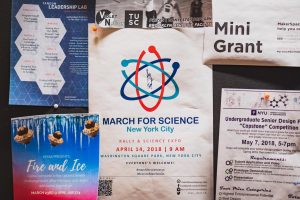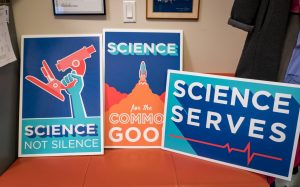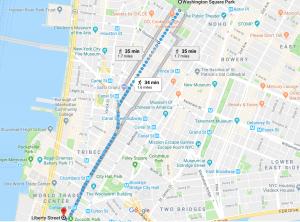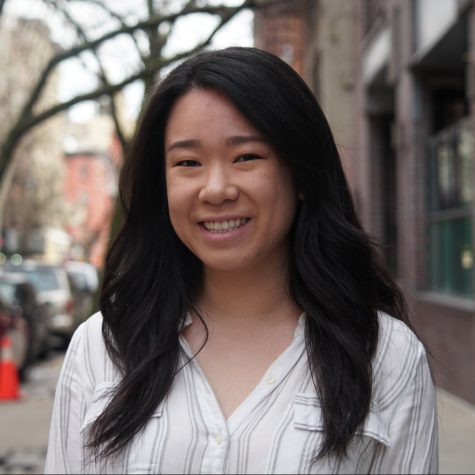NYU Leads March for Science
April 2, 2018
More than one million people around the world participated in the March for Science last year to support scientific research and evidence-based policies. Their voices cried for policymakers to address pressing issues such as climate change. Among the crowd in Washington, D.C. — where the main march took place — dozens of NYU students and faculty protested, representing the school as a sponsor.
Inspired by the electric passion they experienced last year in D.C., these NYU community members have taken lead in orchestrating this year’s New York City satellite march. The March for Science New York City will take place on April 14 at 9 a.m. There will be a rally and teach-in at Washington Square Park, along with musical interludes. Afterwards, attendees will march down Broadway to City Hall.
“We’d hoped that the people who organized last year’s march would be doing it again, and NYU would just rally the troops and go,” Carol Shoshkes Reiss, an NYU professor and March for Science co-organizer, said. “But since there was no one organizing it, five weeks ago, I started getting permits from the city.”
The following weeks have been a whirlwind of meetings, according to Reiss. Along with her nine other co-organizers, most of whom are affiliated with NYU, Reiss has been busy obtaining permits, reaching out to speakers and scavenging for funding.
“I raised $40,000 that went into our new purchasing account, so we could buy posters, get permits, rent equipment and set up the website,” Reiss said. “We had to learn how to organize everything here. If you’ve already done it, then you know what to do, where to go, and it wouldn’t be that hard to do in six weeks. We had to reinvent the wheel.”
All of their hard work has been worth it so far, according to Syed Ali Shehryar, a Tandon graduate student and communications co-chair for the march. Shehryar looks forward to seeing attendees learn more about why scientific research is important to society.
“Science is absolutely imperative to human progress,” Shehryar said. “And as scientists, it’s our job to bridge the gap that exists between us scientists and the public.”
In order to engage the public in this conversation, the teach-in at Washington Square Park will feature speakers from diverse backgrounds in science. They will speak to the theme of “educate to empower,” according to the March for Science New York website. Notable speakers include NYU President Andrew Hamilton, NYU Professor Elodie Ghedin and Executive Director of Hudson Riverkeeper Paul Gallay.
“The [teach-in] is not just some classroom discussion — it’s about stuff in our everyday lives,” Ingrid Paredes, Tandon graduate student and communications co-chair, said.
However, the purpose of March for Science is more than raising awareness of issues surrounding science; it’s to show the public just how much this matters to people.
“We’re having a march to demonstrate that there are people who care about science,” Reiss said. “It’s to show that fact-based, science-based information is important to inform decisions. Science really improves our lives.”
At the 2017 March for Science in Washington, D.C., Reiss gave a teach-in talk about her specialty, infectious diseases. She was moved by the energy of the march, and hopes this year’s New York march will be just as exciting for attendees.
Paredes, who also attended last year’s D.C. march, wants people to know that even though this march only happens once a year, its message is relevant every single day.
“We want people to know that the momentum we had at the last march hasn’t gone away,” Paredes said. “It was kind of just the opening statement. This year’s goal is to collect all of those voices again to celebrate what we’ve done, but also address what needs to be done.”
Right now, it is hard to determine how big the turnout will be, according to Shehryar. As parts of the communications team, Paredes and Shehryar helped create and manage the March for Science website and social media sites, such as Facebook and Twitter, and have been using these sites to estimate the turnout.
No matter how many attend the march, Paredes hopes every person that comes leaves feeling inspired.
“I want marchers to feel empowered to go out and do things like vote or run their own advocacy groups within their schools or networks,” Paredes said. “I want them to feel like their voice means something when it comes to these discussions.”
A version of this article appeared in the Monday, April 2 print edition. Email Natalie Chinn at [email protected].


